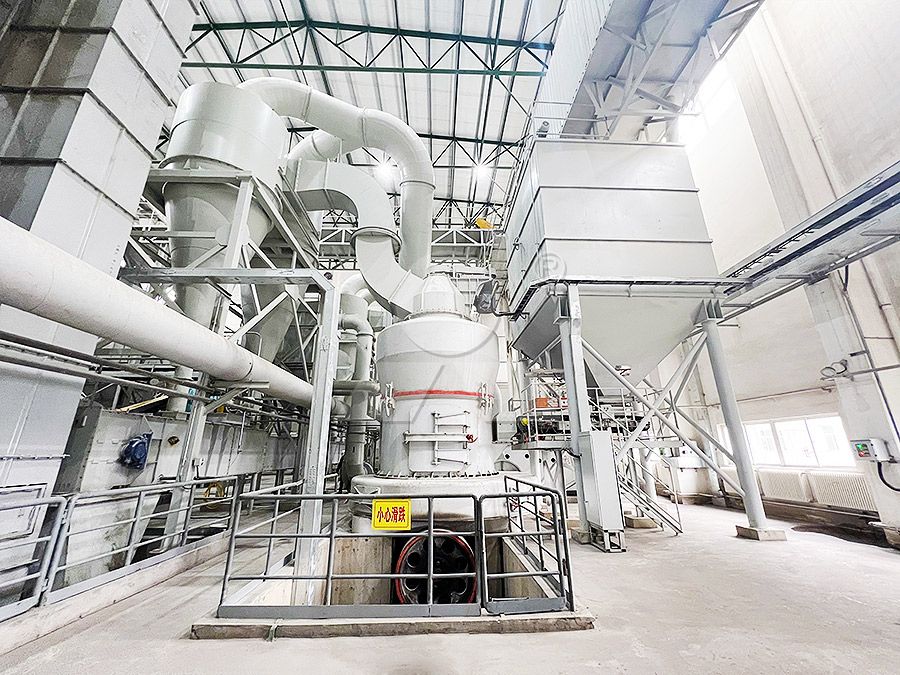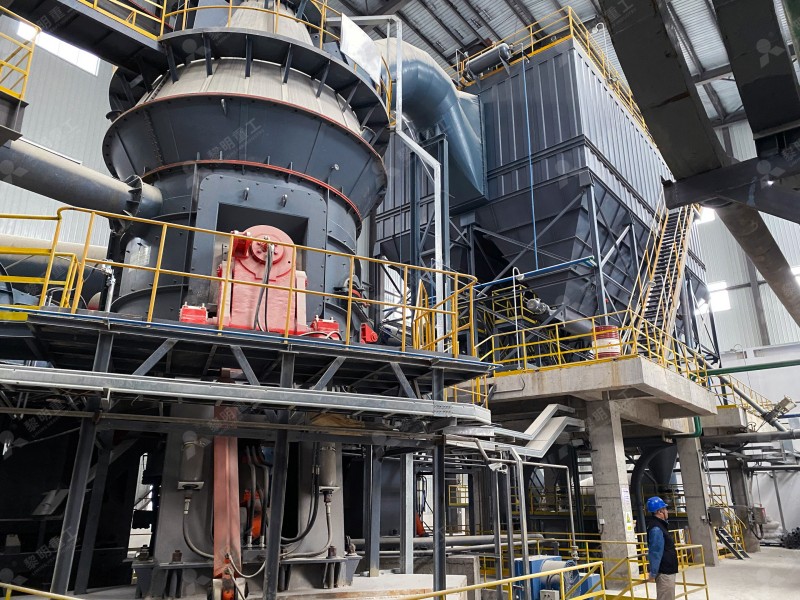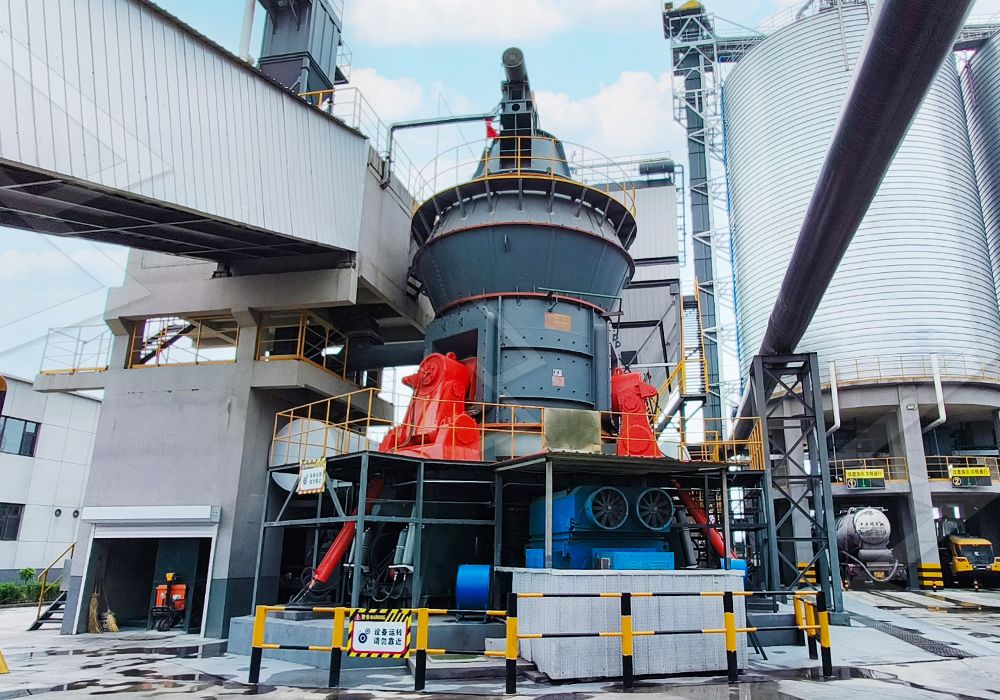Maintenance and Troubleshooting Guide for Vertical Coal Mills in Casting Plants
Maintenance and Troubleshooting Guide for Vertical Coal Mills in Casting Plants
Vertical coal mills are the workhorses of many casting plants, providing the pulverized coal necessary for efficient combustion in furnaces and kilns. Proper maintenance is crucial to ensure their reliability, efficiency, and longevity. This guide outlines common issues and best practices for keeping your mill running smoothly.
Common Operational Issues & Troubleshooting
Understanding the symptoms and their root causes is the first step in effective troubleshooting.
1. Reduced Output or Fineness
Symptoms: Mill capacity drops, or the coal powder becomes coarser than specified.
Potential Causes:
- Worn grinding rollers and grinding table liner.
- Clogged or damaged classifier blades.
- Incorrect grinding pressure.
- Insufficient or uneven feed.
Solutions: Regularly inspect wear parts. Adjust grinding pressure hydraulically according to material hardness. Ensure the feeder is calibrated and operating correctly. Check the classifier for damage and ensure it’s set to the correct speed.

2. Excessive Vibration & Noise
Symptoms: Unusual knocking, grinding, or high-vibration alarms.
Potential Causes:
- Hard foreign material (e.g., tramp iron) in the grinding chamber.
- Uneven wear of rollers or table.
- Improper roller alignment.
- Foundation bolts or parts connections becoming loose.
Solutions: Immediately stop the mill to inspect for and remove foreign objects. Check the wear patterns on rollers and the table. Ensure all mechanical fasteners and foundations are tight.
3. High Power Consumption
Symptoms: Motor drawing more amperage than usual for a given output.
Potential Causes:
- Overloading the mill with feed.
- Inadequate grinding pressure leading to slippage.
- Excessive wear requiring more energy to achieve size reduction.
- Issues with the lubrication system increasing mechanical resistance.
Solutions: Optimize feed rate. Verify and adjust grinding pressure. Inspect wear parts and replace if necessary. Ensure all bearings and drive trains are properly lubricated.
Recommended Product for Enhanced Performance
When considering an upgrade or replacement for an aging mill, the LM Vertical Coal Mill from our portfolio stands out as an exceptional choice for casting plants. It integrates drying, grinding, powder selection, and conveying in a single unit, offering a compact footprint—about 50% smaller than a traditional ball mill system.
Its key advantages include:
- High Grinding Efficiency: Saves 40%-50% on power consumption compared to ball mills.
- Simple & Reliable Operation: Features like a hydraulic roller turning-out device allow for easy maintenance and quick replacement of wear parts like the roller shell and liner plate, minimizing downtime.
- Stable Product Quality: The material has a short dwell time (2-3 minutes), reducing over-grinding and ensuring a consistent, narrow particle size distribution perfect for combustion.
- Environmental Compliance: The entire system operates under negative pressure, preventing dust spillage, and features low noise levels.
For operations requiring ultra-fine pulverized coal, our MW Ultrafine Grinding Mill is also a formidable option, capable of producing powders with fineness between 325-2500 meshes, though its capacity is generally lower than the LM series.

Proactive Preventive Maintenance Schedule
A proactive approach prevents costly unplanned shutdowns.
Daily Checks:
- Monitor motor amperage and mill pressure.
- Listen for unusual noises during operation.
- Check for any oil or air leaks.
- Ensure lubrication levels are adequate.
Weekly/Monthly Checks:
- Inspect classifier blades and vanes for wear or damage.
- Check the tension of drive belts or couplings.
- Verify the calibration of feeding devices.
Quarterly/Annual Shutdown:
- Thoroughly inspect all wear parts: grinding rollers, grinding table liner, nozzle rings, etc.
- Measure wear and plan for replacements. Our company provides a sufficient supply of original spare parts to ensure worry-free operation.
- Rebuild or replace hydraulic cylinders and check the entire lubrication system.
- Inspect the mill foundation and housing for cracks or structural issues.

Conclusion
Consistent, disciplined maintenance is the key to maximizing the availability and productivity of your vertical coal mills. By understanding common failure modes, implementing a rigorous preventive maintenance schedule, and utilizing reliable, efficient equipment like our LM Vertical Coal Mill, casting plants can ensure a steady supply of pulverized coal, minimize energy costs, and avoid disruptive operational downtime.
